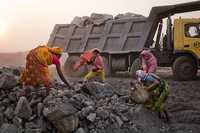
Cambodia establishes a new protected area to save endangered wildlife
La Cambogia ha istituito una nuova area protetta di 65mila ettari. La zona è considerata un hotspot importante per molti animali minacciati come l’ibis gigante e il leopardo nebuoloso.








